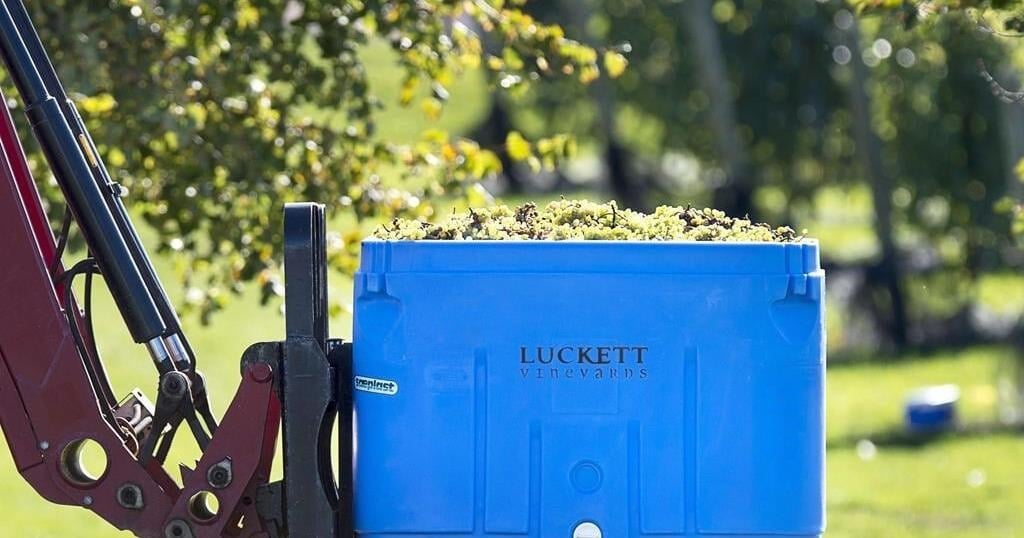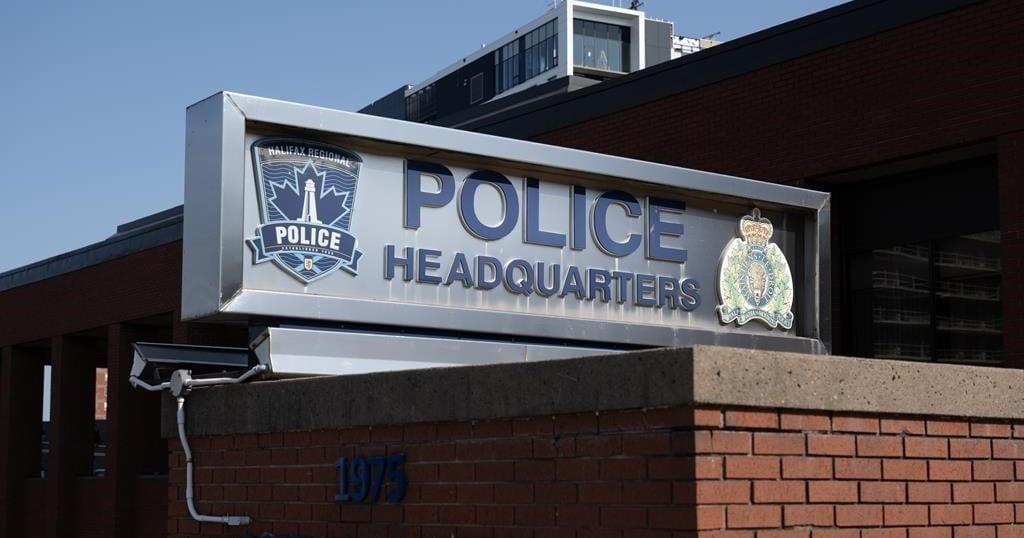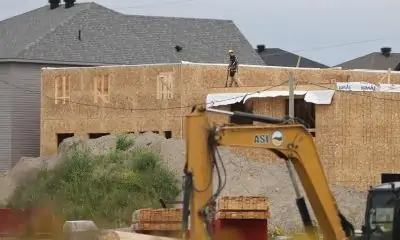Let’s face it, online software and auto-fill features are making tax filing less and less painful even for the do-it-yourselfers.
Still, whether you’re outsourcing the work to an algorithm or an accountant, it’s always a good idea to know when deadlines fall and what’s new every year.
Here’s our guide to the 2020 tax season:
1. When is the deadline to contribute to my RRSP?
Since March 1 falls on a Sunday this year, the cutoff this year is March 2.
Remember, you can put money into your registered retirement savings plan (RRSP) any time. But if you want to get a tax refund for your RRSP contribution with your 2019 return, you have to add the funds by the March deadline.
2. When’s the tax-filing deadline?
As usual, April 30 is the date most Canadians need to keep in mind. For the majority of tax filers, this is the deadline to both pay any tax due and file returns.
If you’re self-employed, this year you have until June 15 to file. Remember, though, that if you owe taxes, you still need to pay up by April 30.
If you’re late to either settle your balance or send in your paperwork, you’ll face late-filing penalty and daily interest charges on any taxes owed.
3. When’s the earliest I can file?
If you just can’t wait to get that big refund, know that the Canada Revenue Agency (CRA) will start accepting electronic returns on Feb. 24.
Most people want to skip the tax-processing queue because they anticipate getting money back. But having a big tax bill is also a good reason to file early. That allows you to set up a plan to pay your tax in installments. The more you manage to pay by April 30, the fewer extra charges you’ll face.
Still, there are potential drawbacks with filing too early, said Robin Taub of TurboTax. Many of the tax slips you need to file your return are due March 2, so it’s not a good idea to file before then unless you’re sure you’ve received all of them, she noted.
Also, it usually takes until mid-March for tax slips and other information the CRA has on file to become available through its auto-fill my return feature, which allows you to automatically fill-in part of your return.
4. What’s new this year?
Here are the highlights:
New and improved federal tax breaks:
Climate Action Incentive. Albertans will now be able to claim this federal incentive, while residents of New Brunswick will not. If you live in Saskatchewan, Manitoba or Ontario, you continue to be eligible and stand to receive a considerably larger amount this tax season compared to last year.
The money, which may create or boost a tax refund or reduce a balance owing, is meant to offset the cost of the carbon tax in provinces that do not have a carbon price regime of their own. The amount of the tax credit depends on family size — you can use this table from H&R Block to calculate how much your household can claim.
It’s important to note that the tax credit applies to the household, not the individual taxpayer, said Lisa Gittens of H&R Block. This means that only one person for every family living under the same roof should claim the credit, she added.
In Alberta, where the federal carbon tax took effect in January, taxpayers will now be getting the federal incentive instead of the Alberta Leadership Adjustment Rebate, which was only available to lower-income taxpayers.
Larger withdrawals under the Home Buyers’ Plan. The Home Buyers Plan allows you to withdraw money from your RRSP to buy your first home. The withdrawal is tax-free as long you put the money back into your RRSP within 15 years according to a set schedule that starts the second year after the year in which you first withdrew funds. (However, you can also repay in full or more than the required amount.)
What’s changed here is that the maximum amount you can pluck from your retirement account increased from $25,000 to $35,000 for withdrawals made after March 19, 2019. While this has no impact on 2019 returns, if you took advantage of the beefed-up plan, you’ll find your HBP statement account in the notice of assessment for your 2020 return, Gittens said.
That statement will indicate any amount you have repaid, your remaining balance and what you need to put back in the RRSP the following year. It’s important to know you need to designate your RRSP contributions as HBP repayments. If you don’t, it will be considered a regular RRSP contribution and you’ll be deemed to have missed an HBP repayment. That repayment installment will become taxable, as if it had been a regular RRSP withdrawal.
“It really is a simple step to miss,” Gittens said, “especially for those who are using like online software or don’t communicate correctly to their tax professional.”
Cannabis as a medical expense. If you’ve been prescribed medical cannabis products, you may now be able to claim them under the medical expense tax credit.
Canada Workers Benefit. The Working Income Tax Benefit, a refundable tax credit for low-income Canadians who work, is now the Canada Workers Benefit. With the CWB, the maximum tax credit increases by up to $170 and the income level at which the credit is phased out completely is higher.
New and improved provincial tax breaks:
Ontario
The low-income individuals and families (LIFT) tax credit. The LIFT credit is designed so that someone working full-time making minimum wage pays no provincial tax. It works out to tax relief of up to $850 for individuals and up to $1,700 for couples. Those who qualify will get a tax reduction of $450 on average, the government estimates.
Childcare access and relief from expenses (CARE). This refundable tax credit aims to help families with children up to age 16 and income of up to $150,000. The credit is in addition to the provincial and federal childcare expense deductions and includes a broad range of child-care options, such as day camps and boarding schools.
Eligible families stand to receive up to $6,000 per child under the age of seven and up to $3,750 per child between the ages of seven and 16.
New Brunswick
The tuition tax credit is back. Eliminated in 2017, the tuition tax credit is now a thing again. Students and eligible relatives will be able to claim tuition fees paid in 2019 as well as in 2017 and in 2018.
Tax breaks that are no longer:
British Columbia
Education tax credit. The provincial government has nixed the education credit starting with tax year 2019. Happily, you can still claim tuition fees.
Service upgrades from CRA:
Check processing times. The CRA now has an online tool that lets you check the estimated processing time for tax returns and other tax-related requests. This isn’t real-time tracking of your actual return, though. If you input your filing date, you’ll get an estimate of when the agency aims to issue your notice of assessment.
PINs for phone calls. You can now set up a personal identification number to quickly identify yourself when calling the CRA. You can set up the PIN over the phone or in My Account.
Paper returns. If you filed with pen and paper last year, you’ll receive your tax package in the mail by Feb. 17.
Source link
Related


































